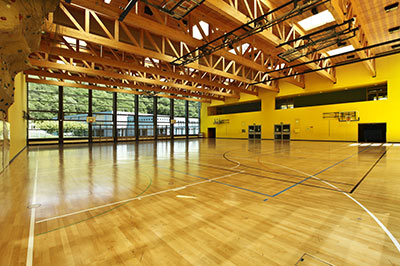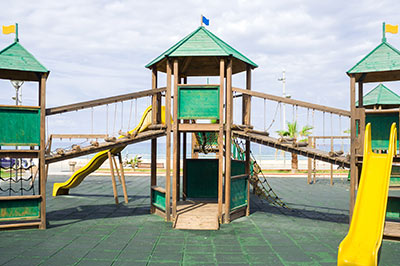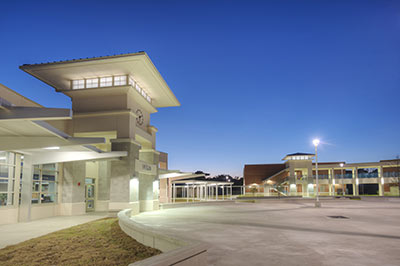Kirsten Krahnstoever Davison and Catherine T Lawson, 2006. Background: Many youth today are physically inactive. Recent attention linking the physical or built environment to physical activity in adults suggests an investigation into the relationship between the built environment and physical activity in children could guide appropriate intervention strategies.
Method: Thirty three quantitative studies that assessed associations between the physical environment (perceived or objectively measured) and physical activity among children (ages 3 to 18-years) and fulfilled selection criteria were reviewed. Findings were categorized and discussed according to three dimensions of the physical environment including recreational infrastructure, transport infrastructure, and local conditions.
Results: Results across the various studies showed that children's participation in physical activity is positively associated with publicly provided recreational infrastructure (access to recreational facilities and schools) and transport infrastructure (presence of sidewalks and controlled intersections, access to destinations and public transportation). At the same time, transport infrastructure (number of roads to cross and traffic density/speed) and local conditions (crime, area deprivation) are negatively associated with children's participation in physical activity.
Conclusion: Results highlight links between the physical environment and children's physical activity. Additional research using a transdisciplinary approach and assessing moderating and mediating variables is necessary to appropriately inform policy efforts.










